
This post was written by Sandra Noll, Birding Intern in 2014, 2015, & 2016.
Hard to fathom that season of guided bird walks has come to an end. Erv and I led our last County Park bird walk yesterday and State Park ranger Dave Marquart led his last on Sunday. It seems we just arrived to serve our third summer as Mono Lake Committee Birding Interns!
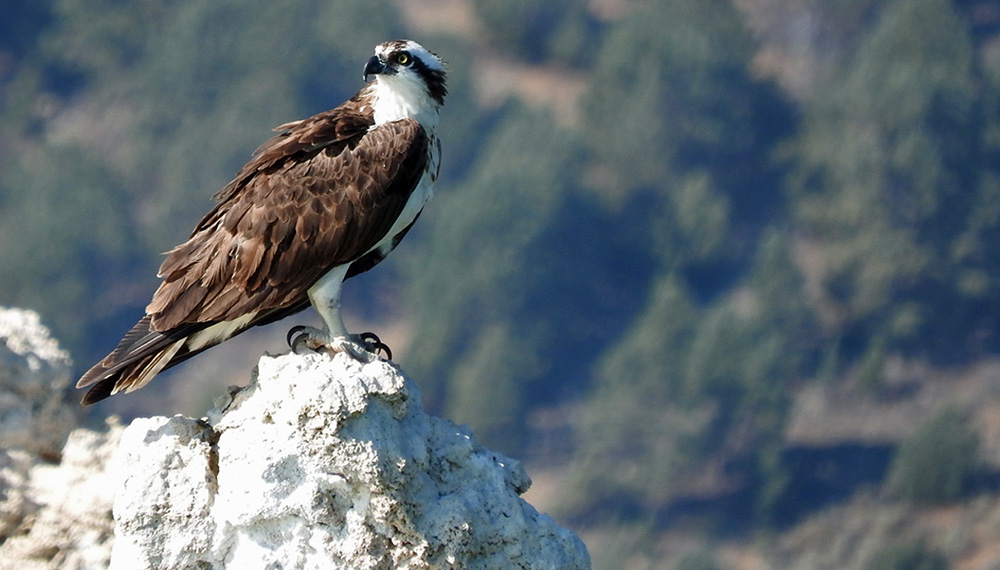
It has been a great season of birds from “locals” and early spring migrants through the nesting season to, most recently, early fall migrants. These include large numbers of Eared Grebes and phalaropes beginning to stage on Mono Lake where they molt and gain weight for the final legs of their migrations to wintering areas further south. Mono Lake’s status as an internationally important bird area is especially apparent this time of year.
It has been a delight and privilege to introduce visitors from the US and around the world to this beautiful, bountiful place and the work of the Mono Lake Committee to protect, restore, and educate. And it is my pleasure to leave you with a few highlights!
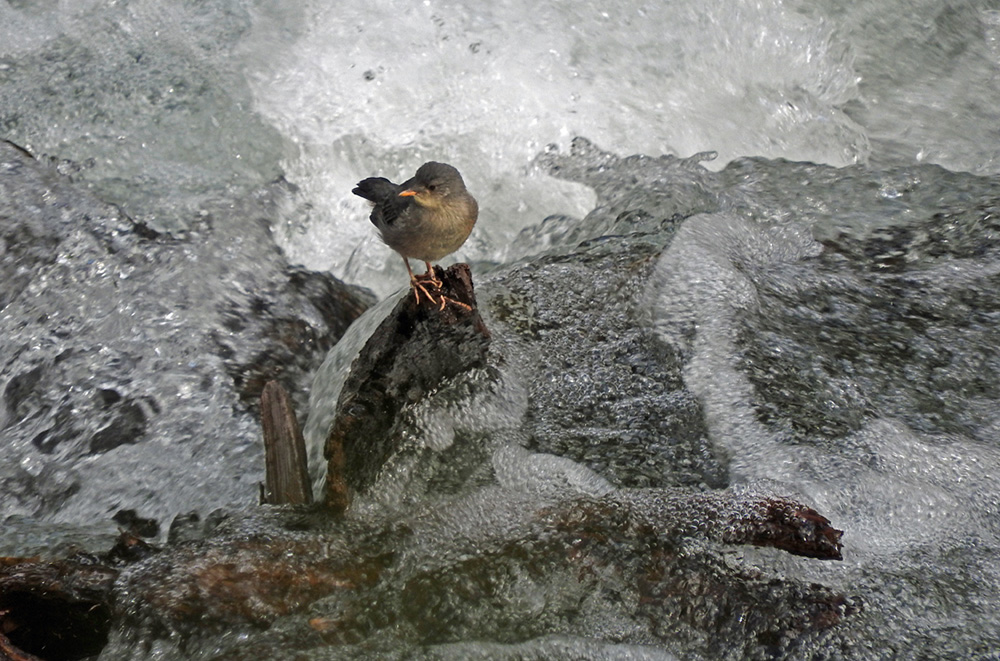
American Dippers—John Muir’s “water ouzel”—are the “animated spirits of rushing mountain streams,” making homes near icy torrents where they peer and dive underwater (opening and angling their wings so that the current pushes them to the bottom) to feed on tiny invertebrates insulated by twice as many feathers as similar-sized songbirds—even their eyelids are feathered! Lee Vining Creek provides ideal habitat where the dippers’ complex bell-like songs can be heard for a mile.
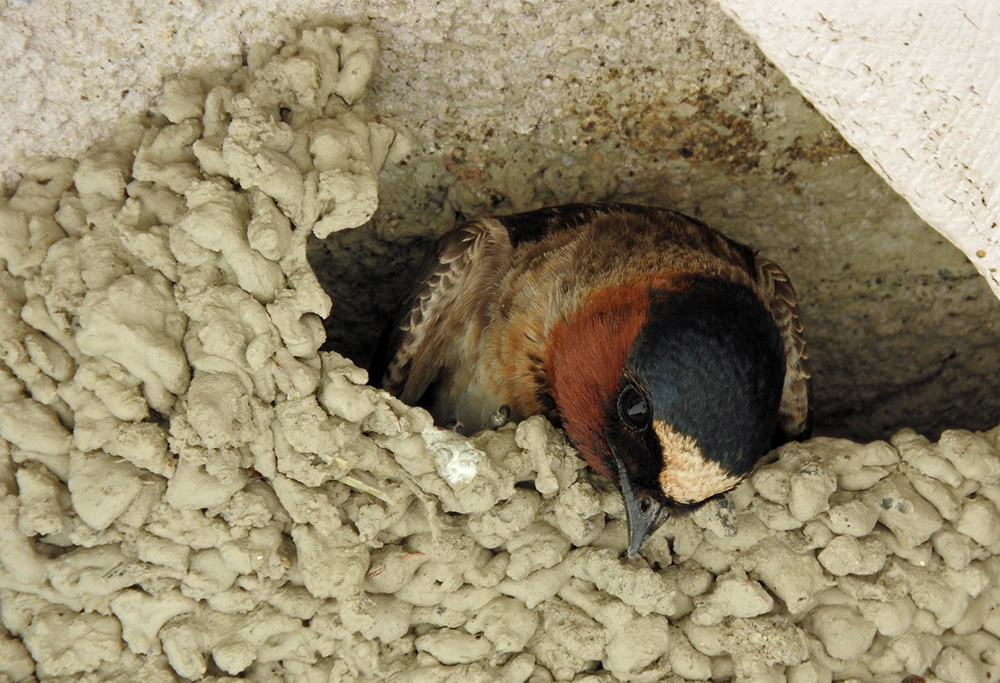
The more common Cliff Swallow simply visits puddles to gather mud pellets (900–1,200 of them, one at a time) to build gourd-shaped nests under the overhangs of cliffs, buildings, or bridges—wherever there is protection from rain. They live in large noisy colonies of up to 3,500 nests and feed on swarming airborne insects.
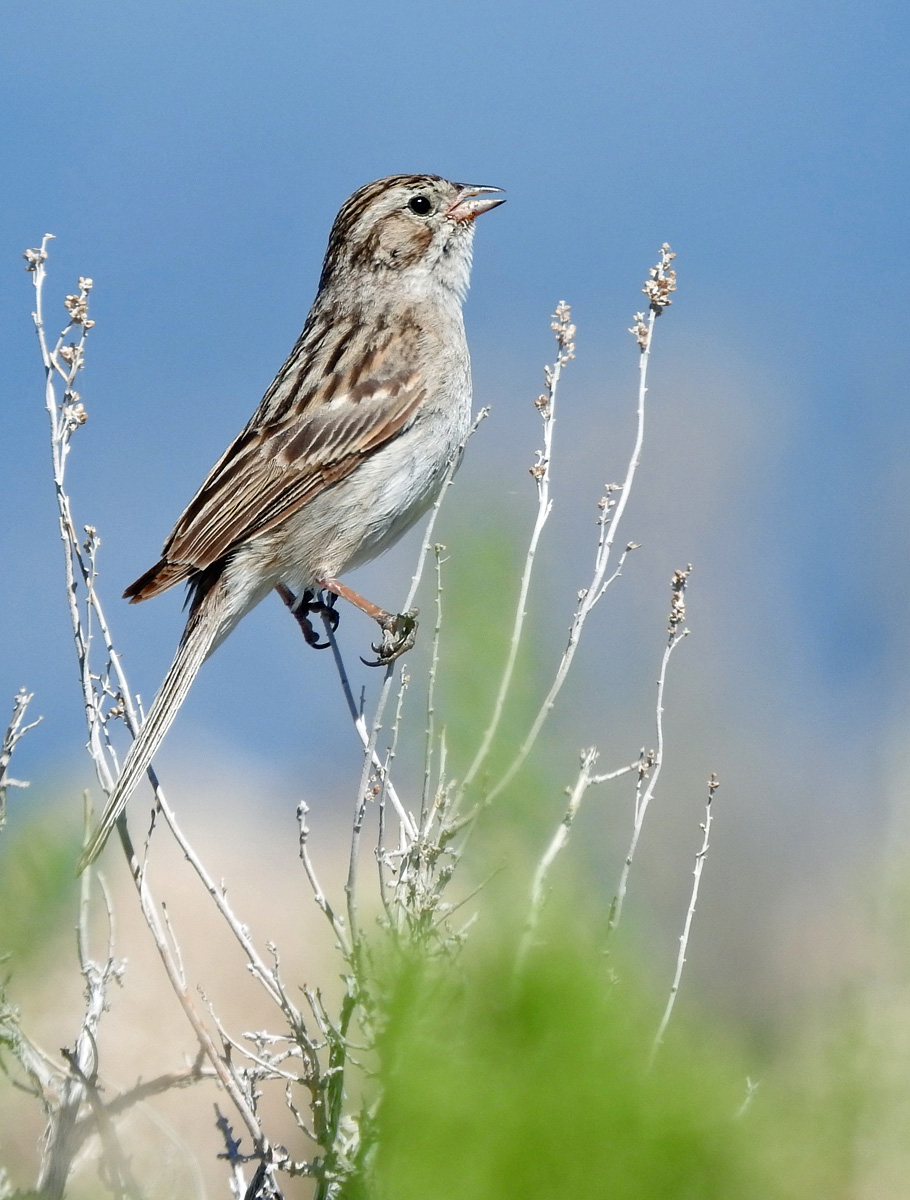
The striking Spotted Towhee is a resident of sagebrush shrub and chaparral habitats, often seen feeding with brush-loving sparrows. They hop-scratch with both legs to locate a diet of insects, beetles, seeds, berries, etc. Vocalizations include trills and harsh buzzy notes …. lovely, energetic birds!
Ode to the sparrow—this one Brewer’s, another sagebrush inhabitant that one generally hears before seeing. Its series of trills and buzzes, musical to rasping, may have been a car alarm prototype. This tiny bird generates big smiles.
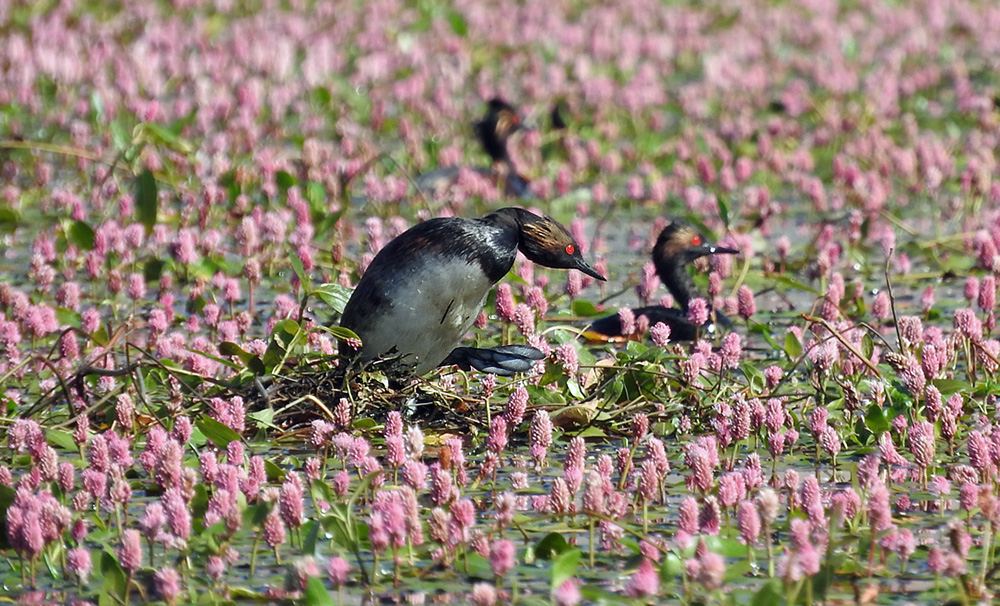
I mentioned that Eared Grebes are driving in large numbers to molt and feast on brine shrimp in Mono Lake’s secure, bountiful waters in preparation for winter on the Salton Sea in southern California. This species of grebe is named for the bright yellow feathers highlighting red eyes in breeding season. They are freshwater colony nesters. Above, one defends its nest on Bridgeport Reservoir, an increasingly important breeding area.
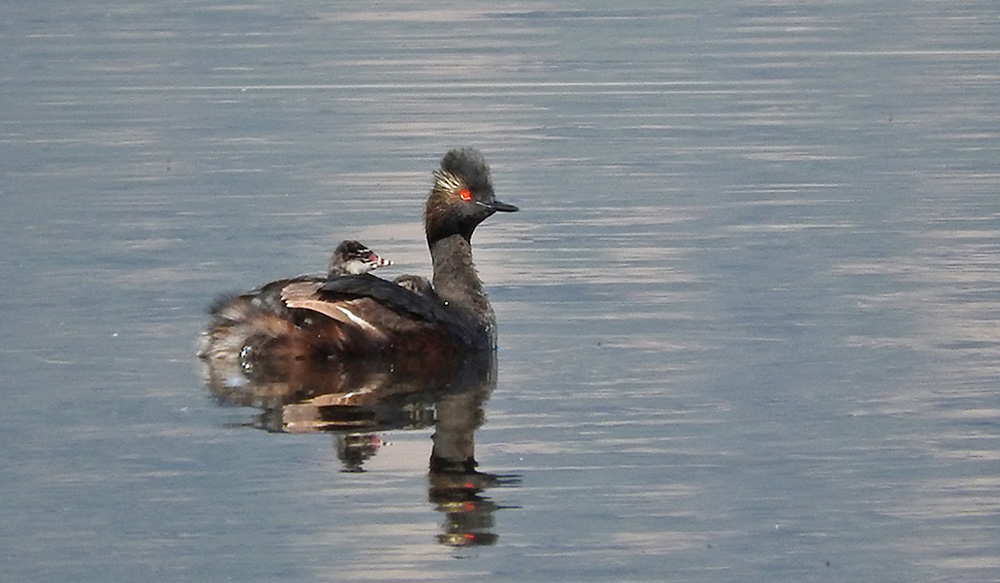
Of course I had to return to the reservoir several weeks later to see a newly hatched chick (often multiples) kept warm and dry on its parent’s back! The chick’s first plumage, especially face and bill, is in striking contrast to the adult’s. As they molt to their winter (eclipse) plumage at Mono Lake this month you will see a grayish bird sporting that red eye.
Waves of nostalgia accompany this last post and my departure, but I find consolation in the cyclic nature of seasons and look forward to next year. I hope you can join us on a bird walk to enjoy these lovely, fascinating creatures with whom we share this planet.

Hi Sandra,
Wonderfull account of you summer experience leading birding groups at Mono Lake. I’m pretty sure they enjoyed the sharing of your passion for nature.
If I may, I would like to ask you, since I never had the chance to visit Mono Lake before and I’ll visiting it this weekend, where in the lake, and at what time of the day, I can observe the Eared Grebes and the phalaropes you mention in your account. Also, since I’m a birder, it is there something special regarding birds in this time of the year that I should not miss?
Thanks,
Juan
Hi Juan, Sandra has migrated away from Mono Lake for the winter, but hopefully I can answer your questions….
July is a good month to see flocks of Wilson’s Phalaropes and Red-necked Phalaropes. It’s a treat to see their graceful swooping flocks.
Now is the time of year to see Eared Grebes here, in numbers of near a million birds, at any time of day. If they’re congregating on the south or west sides of Mono Lake you’ll be able to see them from most visitor sites like County Park, Old Marina, and South Tufa, but it’s harder to get a look at them if they’re on the very remote eastern parts of the lake. I hope that helps!